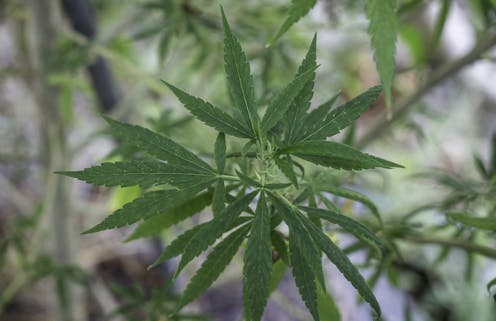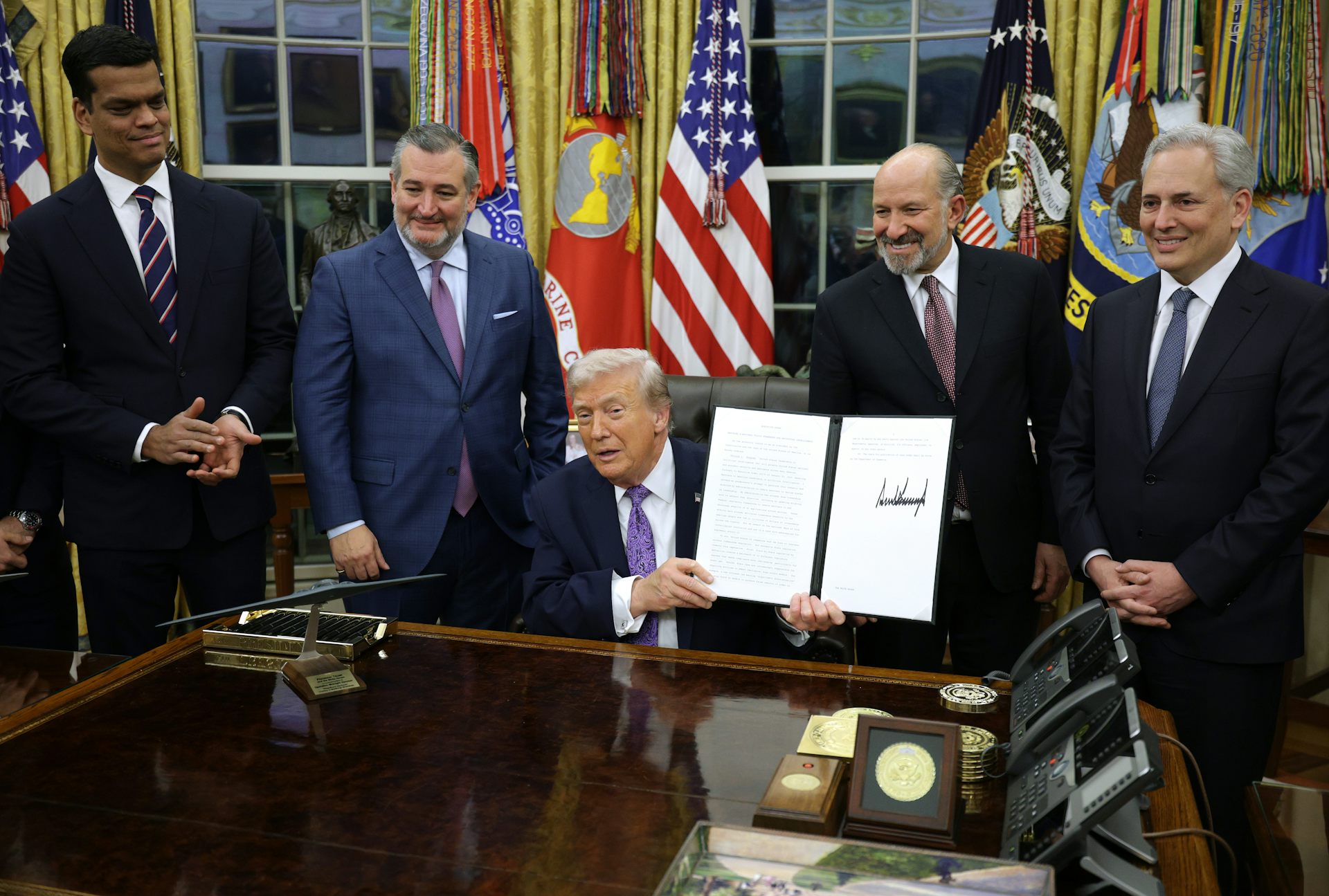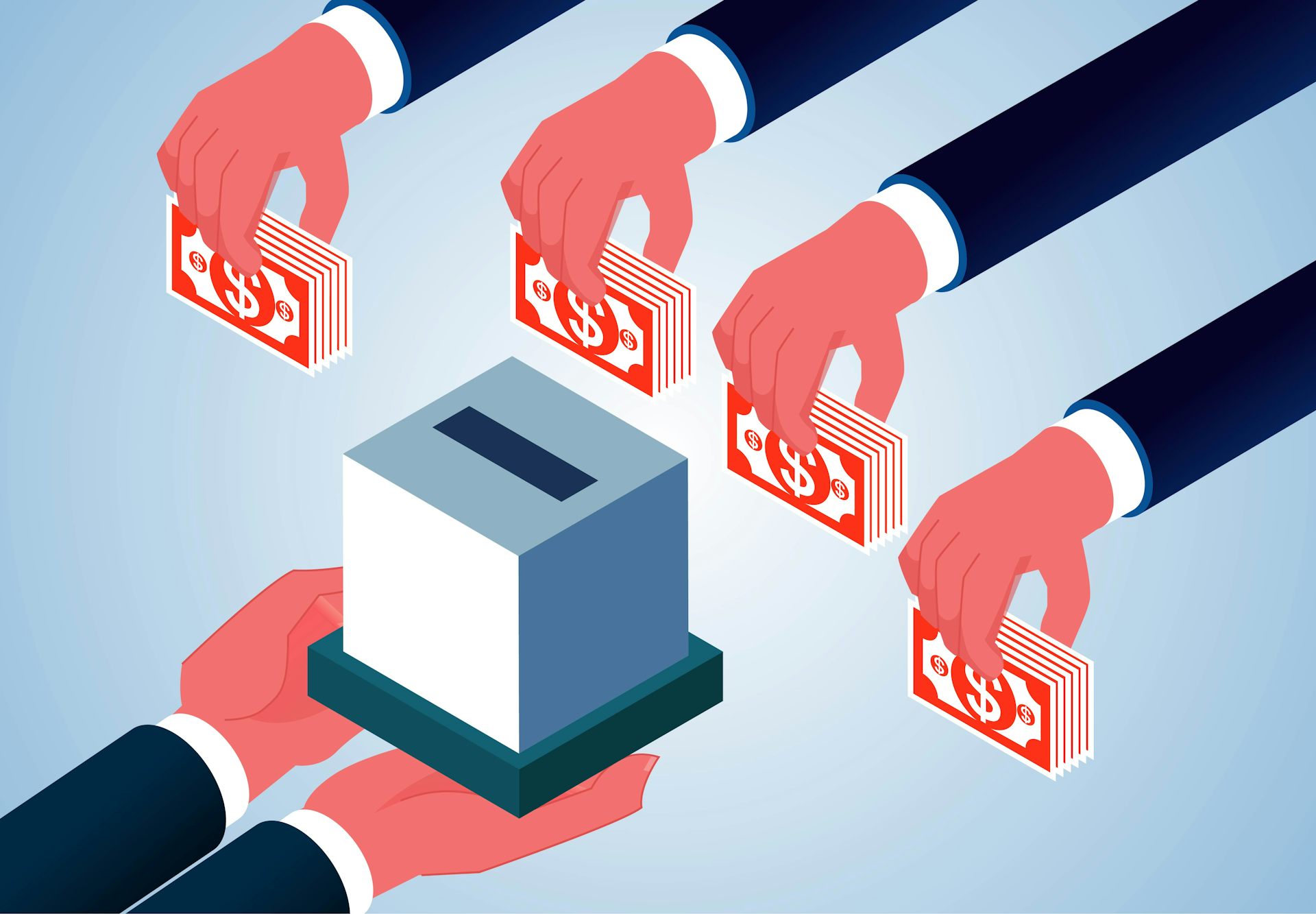DEA could reclassify marijuana to a less restrictive category – a drug policy expert weighs the pros
Moving marijuana to a less restrictive category under the Controlled Substances Act poses benefits and potential risks. But no effective medicine is free from risks.

The Drug Enforcement Administration announced in early 2024 that it would act on President Joe Biden’s call to reclassify marijuana, moving it from the tightly controlled Schedule I category that it has been in since 1970 to the less restrictive Schedule III status of the Controlled Substances Act. That triggered a long process of hearings and reviews that will not be completed until after the presidential election in November.
The news drew strong reactions from critics: 25 Republican lawmakers sent a letter to Attorney General Merrick Garland protesting any changes to federal marijuana laws. They argued that the decision “was not properly researched … and is merely responding to the popularity of marijuana and not the actual science.”
As a philosopher and drug policy expert, I focus on assessing arguments and evidence rather than politics or rhetoric. So, what are the arguments for and against rescheduling cannabis?
Scheduling under the Controlled Substances Act
The Controlled Substances Act places each prohibited drug into one of five schedules based on known medical use, addictive potential and safety. Schedule I drugs – which, along with marijuana, also includes heroin, LSD, psilocybin, ecstasy (MDMA) and quaaludes – is the most restrictive category.
Schedule I substances cannot be legally used for any purpose, including medical use or research, though an exception for research can be made with special permission from the DEA. The criteria for inclusion in the Schedule I category is that the substance has a high potential for abuse, is extremely addictive and has “no currently accepted medical use.”
Schedule II, which is slightly less restrictive than Schedule I, includes drugs that are addictive and potentially unsafe but also have some accepted medical use. These include strong opioids such as fentanyl, as well as cocaine, PCP and methamphetamine. Though they are still tightly regulated, Schedule II drugs can be used medically with a prescription or administered by a licensed physician.
Schedule III is much less restrictive and is intended for substances with legitimate medical use and only moderate risk of abuse or dependency. This category includes low-dose morphine, anabolic steroids and ketamine.
Schedule IV – which includes the sedative valium, the weak opioid tramadol and sleep medicines such as Ambien – is even less restrictive.
The least restrictive category is Schedule V, which includes cough syrups with codeine and calcium channel blockers such as gabapentin and pregabalin. All scheduled drugs require a doctor’s prescription and can be distributed only by licensed pharmacies.
What rescheduling would mean for marijuana
The push to reschedule is largely to make federal laws consistent with state medical marijuana programs that – as of October 2024 – are legal in 38 states plus the District of Columbia.
Moving marijuana to Schedule III would not change its legal status in states where it is banned. It would make marijuana legal at the federal level but only for medical use. Recreational use would still be federally prohibited, even though it is currently legal in 24 states plus Washington.
Rescheduling, however, might not make medical marijuana any easier for patients to access and could even make it much harder for some. Currently, getting a medical marijuana card is quite easy in most states. In Washington D.C., where I live, patients can self-certify.
If marijuana is reclassified as Schedule III, medical marijuana programs will have to start requiring a doctor’s prescription, just like with all other scheduled substances. And it could be distributed only by licensed pharmacies, which would put medical dispensaries that are now selling it without a license from the Food and Drug Administration out of business.
Rescheduling, however, would give medical marijuana legitimacy as a bona fide medicine. And the intent of the move is to increase access, even if it is unclear how rescheduling would achieve that.
So, assuming that rescheduling would have the intended effect of expanding access to medical marijuana, should it be rescheduled?
Medical uses of marijuana
Though there are three criteria for Schedule I in the Controlled Substances Act, the DEA in fact relies on only the medical use criterion. This was the basis of the DEA’s proposal to reschedule marijuana. The fact that almost 75% of Americans live in a state with a medical marijuana program suggests that marijuana has an accepted medical use.
More importantly, Schedule III of the Controlled Substances Act already includes dronabinol, which is delta-9 THC, the active ingredient in marijuana. Although dronabinol is synthesized in the lab rather than extracted from the cannabis plant, it is the exact same molecule. The FDA approved THC in the form of dronabinol in 1985 for treating anorexia caused by HIV/AIDS as well as nausea and vomiting due to chemotherapy. Placing marijuana in the same schedule as its primary active ingredient makes a lot of sense.
Another argument in favor of rescheduling is that it would open up new opportunities for medical research into marijuana’s effects, research that is currently hampered by its Schedule I status. This work is critical because the system of cannabinoid receptors through which marijuana causes its therapeutic and psychoactive effects is crucial for almost every aspect of human functioning.
Research has shown that cannabis is effective not only in treating nausea and AIDS but also chronic pain and some symptoms of multiple sclerosis.
There is also good evidence that marijuana can help treat other conditions, including Lou Gehrig’s disease (amyotrophic lateral sclerosis, or ALS), glaucoma, irritable bowel syndrome, insomnia, migraine, post-traumatic stress disorder and Tourette syndrome. Keeping marijuana in the Schedule I category severely hampers research that might establish more effective treatments for these conditions.
Balancing risks and benefits
Those opposed to rescheduling cite possible health risks associated with marijuana consumption. Heavy use is linked to an increased risk of developing schizophrenia. However, the increased risk of schizophrenia from cannabis use is comparable to that caused by watching excessive television, eating junk food or smoking cigarettes.
Long-term marijuana use can also lead to sleep problems and diminished visuospatial memory. It can also cause gastrointestinal trouble, such as cannabis hyperemesis syndrome, which is characterized by nausea, vomiting and abdominal pain. The symptoms, while extremely unpleasant, are temporary and occur only after consuming marijuana. The condition disappears in people who stop using.
Marijuana use can also be addictive. According to the Centers for Disease Control and Prevention, about three out of every 10 regular marijuana users meet the diagnostic criteria for cannabis use disorder.
All of the concerns above are legitimate, though it is worth noting that virtually no effective medicine is free from undesirable side effects. And although marijuana can be habit-forming, it is not as addictive as alcohol, tobacco, oxycodone, cocaine, methamphetamine or benzodiazepines. None of those other drugs are categorized as Schedule I, and alcohol and tobacco are not scheduled at all.
Unlike most other prescription medications, marijuana use is associated with many benefits. For example, in states where marijuana has been legalized, worker’s compensation payments have fallen by an average of 21% among people over 40. Researchers think that this is because marijuana helps workers better manage chronic pain. The use of marijuana for pain management also helps to reduce dependency on opioids. One study found that U.S. counties with one or two marijuana dispensaries had an average of 17% fewer opioid-related fatalities compared with counties with no dispensaries.
Research also shows that marijuana use can help to prevent Alzheimer’s by blocking the enzymes that produce amyloid plaques. It also shows promise for reducing a person’s risk of developing Type 2 diabetes by helping the body regulate insulin and glucose levels.
All of these benefits add up to marijuana users having an overall lower rate of premature death than nonusers.
Chris Meyers does not work for, consult, own shares in or receive funding from any company or organization that would benefit from this article, and has disclosed no relevant affiliations beyond their academic appointment.
Read These Next
What’s at stake in Trump’s executive order aiming to curb state-level AI regulation
In the absence of comprehensive federal AI regulation, states have stepped in. The Trump administration,…
Data centers need electricity fast, but utilities need years to build power plants – who should pay?
How many data centers will be built – and how much electricity they’ll need – is uncertain. Being…
Whether Netflix or Paramount buys Warner Bros., entertainment oligopolies are back – bigger and mor
Hollywood has seen this movie before.





